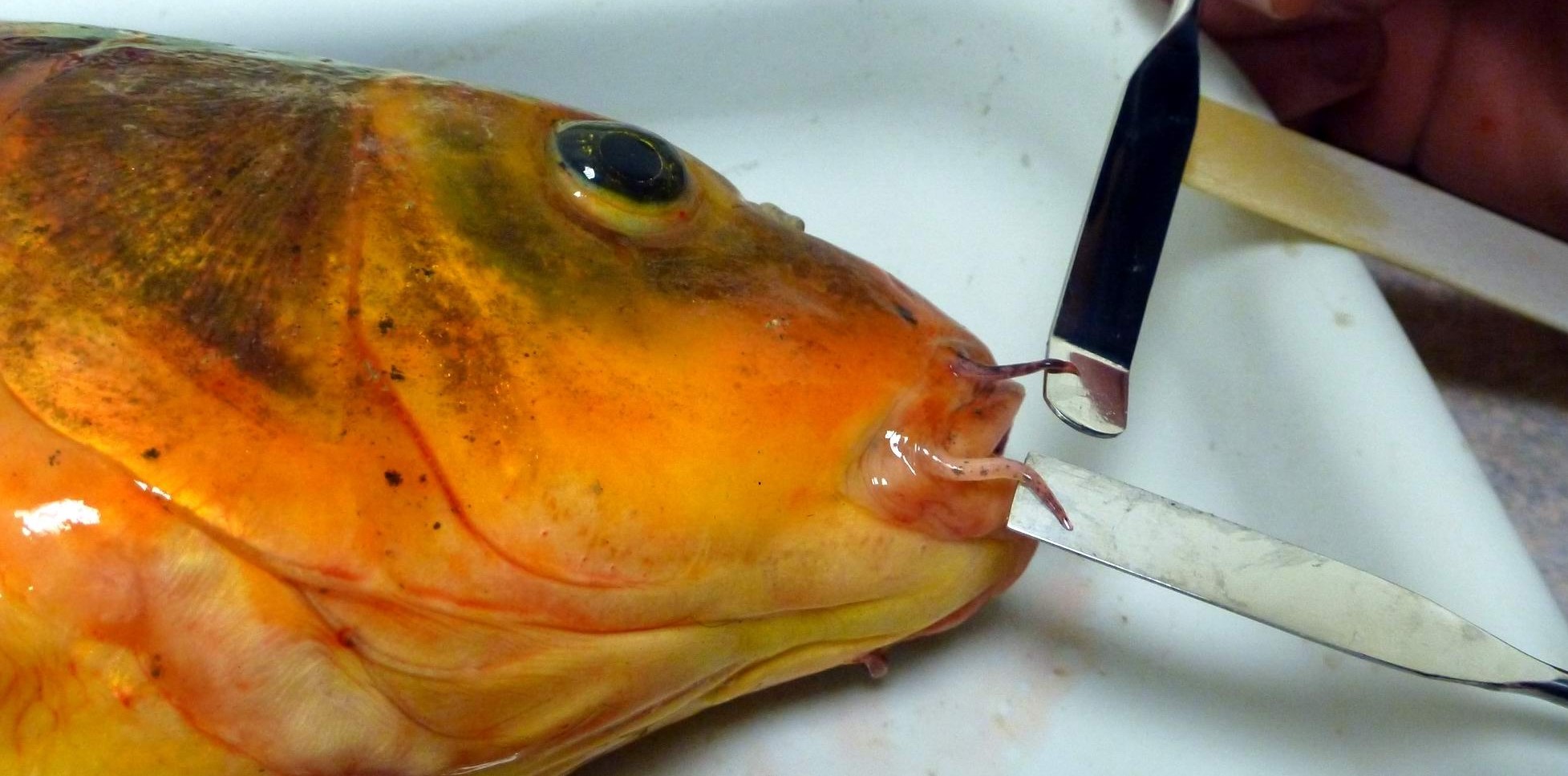Public help wanted to find suspected Lake Taharoa koi
15 Feb 2021, 1:26 PM
Authorities are appealing for sightings of a koi carp – an unwanted freshwater pest fish – after a young kayaker reportedly saw one while out on Lake Taharoa, the largest of Northland’s environmentally precious Kai Iwi Lakes group.
Quick thinking by the 10-year-old boy’s parents – who immediately reported the sighting to the Department of Conservation (DOC) – may have given officials their best chance to capture the fish and determine its sex and reproductive status, a key concern as a fertile female could be disastrous for the deep 197-hectare dune lake.
Northland Regional Council (NRC) Chair Penny Smart says based on the 10-year-old’s description of the mystery freshwater fish – and its behaviour – it appeared it could indeed be a koi.
A multi-agency team responding to the incident was taking the matter very seriously and was grateful to the boy and his family for their prompt action in reporting the incident. (Team members include representatives from Te Roroa, DOC, Northland Fish & Game, the NRC, its Kaipara District counterpart and the Taharoa Domain Governance Committee.)
Koi are already known to be in at least three of Northland’s major river systems and in many farm dams but would be disastrous in the ecological and culturally important jewel that was Lake Taharoa, the largest of the three Kai Iwi Lakes, north of Dargaville.
“Koi can cause devastating environmental damage and are very difficult to get rid of once they are established, with a mature female able to produce more than 300,000 eggs in a single spawning season.”
Curtis Harris, Biosecurity Incursion Management Officer for the NRC, says drones, environmental DNA detection, and purpose-designed koi nets are among tools responders plan to use in what is likely to be a time-consuming and expensive hunt to locate the mystery fish.
Koi are an ornamental strain of common carp, and vary greatly in colour, often including blotches of black, red, orange, gold or white. They can grow up to approximately 70 centimetres long and have whisker-like feelers at the corners of their mouth.
At this stage how the fish came to be in the 197 hectare Taharoa – at 37 metres the deepest dune lake in Northland – is not clear; possibilities include an accidental transfer of pest fish eggs or fry via a boat trailer or equipment or a deliberate illegal release.
Assuming the mystery fish is a koi, Mr Harris says officials are pinning their hopes on it either being a solitary male or an infertile female so there’s no risk of it breeding.
“We’re very keen to catch the fish to determine its gender and reproductive status and urge people to contact us immediately on (0800) 002 004 if they’ve seen koi in Lake Taharoa or have any information related to this sighting.” He says photographs or video footage of any sightings would be even more helpful.
Lake Taharoa is home to rare native plants and freshwater fish, as well as being culturally significant for Māori and a treasured holiday spot for generations of campers. (The domain and popular camping ground are managed by KDC on behalf of the domain committee.)
Northland’s dune lakes are one of the few remaining habitats for rare freshwater fish, such as the dune lake galaxias and dwarf inanga, rare birds, eels, freshwater kewai (crayfish), and rare submerged aquatic plants.
Lake Taharoa in particular is hugely significant to local iwi and hapū for its historical values and as a mahinga kai (food-gathering place).
Mr Harris says koi are a problem because essentially, they feed like a ‘living vacuum cleaner’, sucking up everything from plants and organic matter to fish eggs and small fish.
“They blow out what they don’t want and this constantly stirs up the bottom of a waterway, muddying the water and reducing light levels.”
“This in turn negatively affects plant life, native fish and invertebrates, and creates unpleasant swimming conditions and bluntly, would be an absolute disaster in Taharoa, where submerged vegetation currently grows as deep as 24 metres in its clear water.”
Globally, koi have become a pest fish on every continent except Antarctica and are legally classed as an unwanted organism and a noxious species in this country.
They’re thought to have been accidentally imported into New Zealand in the 1960s as part of a goldfish consignment and were later illegally released on a larger scale.
Mr Harris says under the Biosecurity Act 1993 it’s illegal to breed, transport or spread koi carp anywhere in New Zealand and people caught doing so could be liable for fines of up to $100,000 and/or up to five years’ jail.
Both Chair Smart and Mr Harris say the koi sighting illustrates just how important it is to ensure all equipment is checked, cleaned and dried before taking any craft and equipment into the Taharoa Domain, or any of Northland’s many other lakes.
“Similarly, it is not okay to dump any type of fish in our waterways, as they will often negatively disrupt the native ecosystem.”
“Releasing koi carp could cause irreversible damage and we don’t want to end up in a position where something precious is irreparably lost,” says Chair Smart.
The illegal release of koi into the Waikato River in the 1980s had had extremely damaging consequences.
The population of koi had subsequently exploded to the point where they alone reportedly now account for 80 percent of the total biomass in the lower Waikato River catchment.
Anyone in Northland who wants to report a koi sighting or any other pest fish is asked to contact the regional council’s biosecurity team on (0800) 002 004.
Further information on pest fish can be found online at www.nrc.govt.nz/pestcontrolhub

A file image of a koi carp recovered in Northland and showing the unwanted fish’s distinctive feelers.
